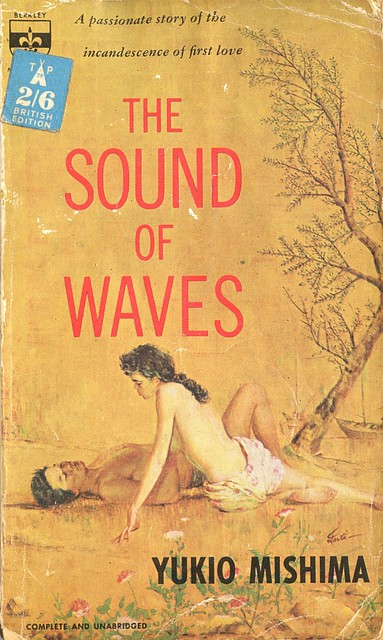Intertextuality: Pygmalion
 |
| commons.wikimedia.org |
Connections between different works
of literature, Intertextuality, is something that has fascinated me all of my
life. I think it is very interesting to see how one artist can assess another’s
work and build upon it in a very unique way. When I read books, watch movies,
or even look at works of art, I really enjoy finding the hidden connections it
has with other works. I truly admire when authors pay subtle homage to their
source of inspiration while also adding their own spin on a story. One
interesting example of Intertextuality is the story of Pygmalion. Believe it or not, this story originates in ancient
Greek mythology. In the ancient myth, Pygmalion was a conceited sculptor who
believed there existed no woman worthy of him—so he decides to sculpt the “perfect”
woman. Though he has ideally sculpted the perfect woman, the goddess Aphrodite
intervenes and points out one big flaw. The goddess asserts that the sculpture,
“Galatea”, is not alive. Being the goddess of love, Aphrodite gives life to
Galatea so that Pygmalion and his perfect woman can live happily ever after.
In 1912, however, a playwright by
the name of George Bernard Shaw writes his own, more serious version of
Pygmalion. Shaw’s contemporary Pygmalion is not a sculptor, but instead a
phonetic specialist named Henry Higgins who also believes there is no woman
worthy of him. Higgins meets a lowly flower girl named Eliza Doolittle who,
coincidentally, speaks very poor English. Much like Pygmalion, Higgins is
determined to create perfection. He makes a bet with his coworker, Colonel
Pickering (the Aphrodite figure in this version of the story), that he can
transform Eliza and pass her off as a princess by the coming of the annual
ball. Higgins succeeds in transforming Eliza into the perfect lady in all
aspects but one. Colonel Pickering points out that she lacks one very important
characteristic of a lady—self-respect. The unexpected and rather disappointing
twist in Shaw’s Pygmalion is that Higgins refuses his Galatea’s love. Eliza has
fallen deeply in love with her “creator” and, unfortunately, Higgins does not
feel the same and believes he is too good for love.
I personally found Shaw’s Pygmalion
very unsettling, in that, after everything that had happened between them,
Henry and Eliza’s relationship does not grow further. In fact, I’m not the only
one. Though he tried to avoid it, in 1938, Shaw finally gave in and offered a
conclusion that he felt to be a fair compromise to his largely upset audience.
Come on, how could he end such an intense relationship the way he did? Instead
of leaving us with such an ambiguous yet hopeless ending, he consoles our
previous disappointment. His added conclusion offers a romantic farewell
between Eliza and Henry but still insists that Eliza ends up happily married to
another man. Shaw personally found romance rather silly and his audience’s
subsequent romantic craving quite ridiculous. So there you have a very
different example of the original, light-hearted myth. I find Pygmalion to be a
great example of Intertextuality because the underlying story is still found in
many modern works of literature, art, and film.
 |
| www.mahalo.com |










